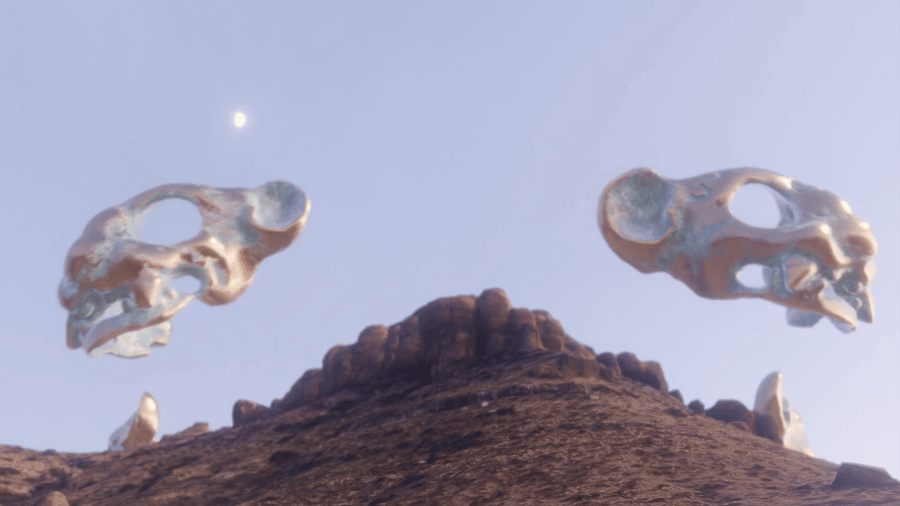“Metaglyphs” presents 10 internationally renowned artists using digital technologies to generate layers of meaning on more than one experiential plane.
Metaglyph roughly translates to “beyond symbol” — an artwork representing the interconnected relationship between object materiality and digital existence. As long as we’ve told stories, we’ve been interested in objects that exist on the border between worlds. From ancient mythology to modern science fiction, our archetypal stories are filled with magical objects that serve as keys, black mirrors of culture and false identity, secret weapons with hidden powers.
The artists in this exhibition include trailblazers of digital art and pioneers of transmedia and XR, which includes augmented, virtual and mixed reality technologies. Their NFT tokenized artworks use multiple techniques — ranging from digital simulation technology to 3D modeling to glitch — to probe the boundaries and consequences of our digital and analog desires.
Here, you’ll encounter glitch feminism, liminal geometry and synthetic sphinxes presenting riddles of digital desire. Here, the entire history of visual representation is reduced to a single meme. Here, cosmic bodies meet digital voyeurs and produce . . . souvenirs! Our lives in the metaverse are not separate from reality, but always entangled in it, engaged with it, whether via physical objects and processes or our own actions in the physical world. And we are invited on the voyage.
The goal is not to replace reality, but to return to and enrich it. When we step through the looking glass — when we board the vessel — what will we see?
Welcome to the Metaglyph café. Pull up a seat and make sure you get one with a view. The singularity sunrise is near.
Artists: Alfredo Salazar-Caro, Amy Kurzweil, Claudia Hart, LaJuné McMillian, LoVid, Carla Gannis, FakeShamus, Morehshin Allahyari, Savannah Spirit, and Swoon
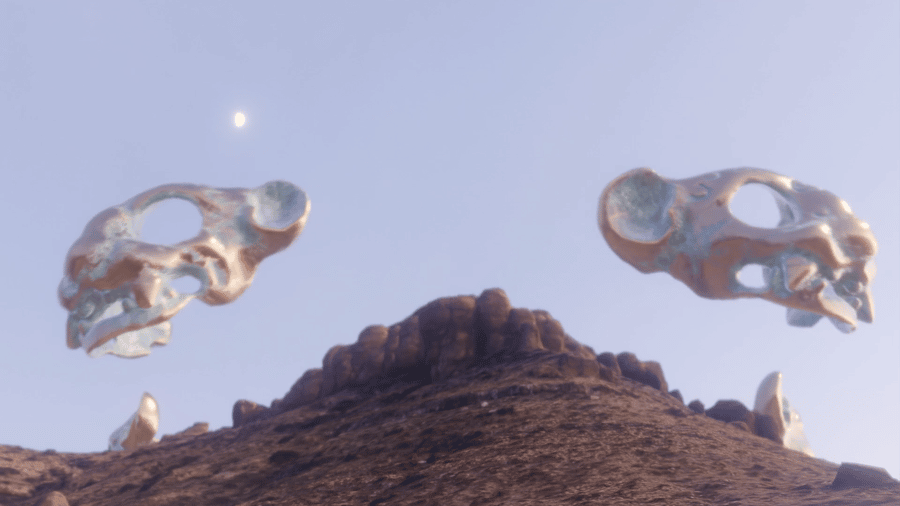
Alfredo Salazar-Caro mixes authentic archeological renderings, surrealistic interpretation and compelling narrative. The trilogy pays homage to the history and culture of those making this journey. His work has been featured to critical acclaim at the Tribeca Film Festival and the Whitney Museum. He is the co-creator and creative director of DiMoDA, the Digital Museum of Digital Art, a VR institution and exhibition platform dedicated to the development of XR art.
Dreams of the Jaguar’s Daughter is a VR experience inspired by the recent Central American mass migration north. The artwork in this exhibition will fund the next installment in the film.
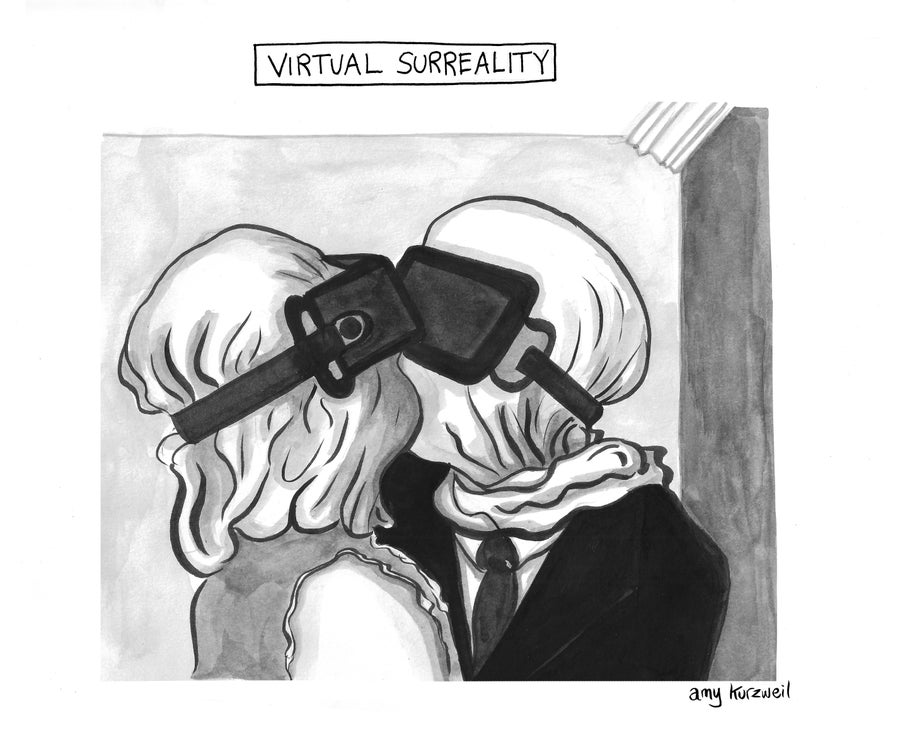
Amy Kurzweil is a New Yorker cartoonist and the author of Flying Couch: A Graphic Memoir (Catapult). Her forthcoming work Artificial concerns virtual selves, techno-immortality and the future of memory. She was a 2019 Shearing Fellow with the Black Mountain Institute and a Fall 2020 Berlin Prize fellow with the American Academy in Berlin, and she’s received fellowships from MacDowell and Djerassi. Her writing, comics and cartoons have also been published in The Believer, Longreads, Literary Hub, Wired and elsewhere. They address the confluence of art, futurism and technology.
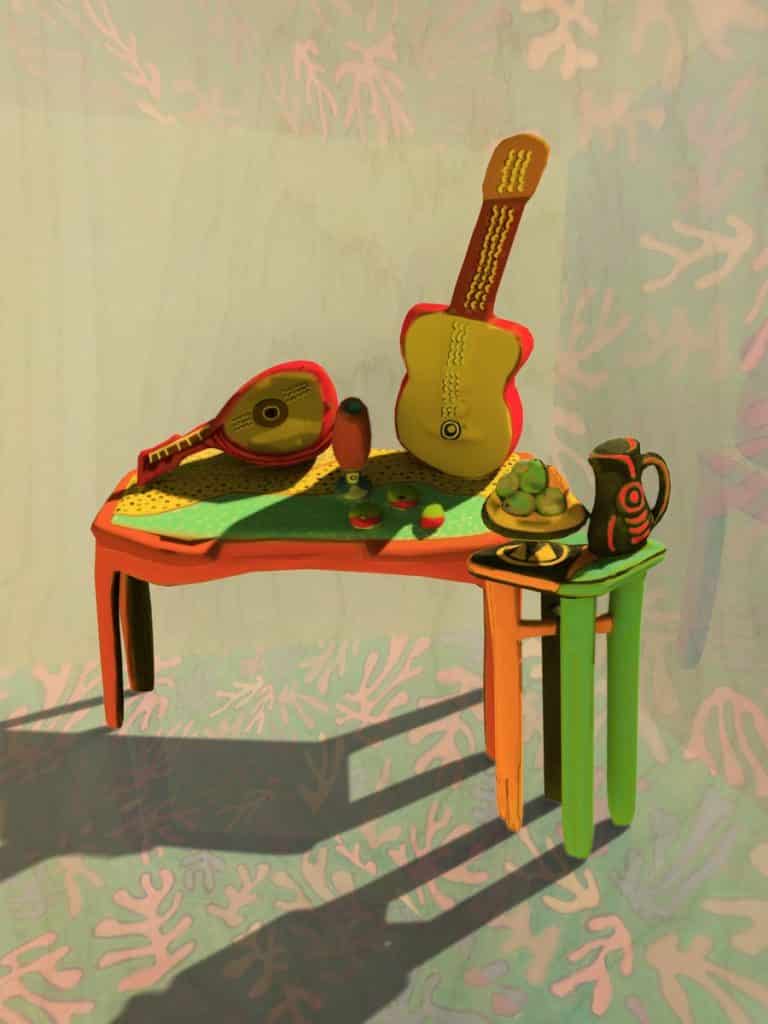
Claudia Hart’s latest project, Digital Combines (2021), reinterprets classical memento mori, traditionally a means of contemplating the passage of time and cultural decay. The artist’s groundbreaking work is in the public collections of the Whitney Museum of American Art, the Museum of Modern Art and the Metropolitan Museum. Her work has been shown at the New Museum; the Eyebeam Center for Art + Technology, where she was an honorary fellow in 2013–14; Pioneer Works, where she was a technology resident in 2018; and the Center for New Music and Audio Technology, UC California, Berkeley, where she is currently a fellow. Claudia Hart is represented by bitforms gallery in New York.
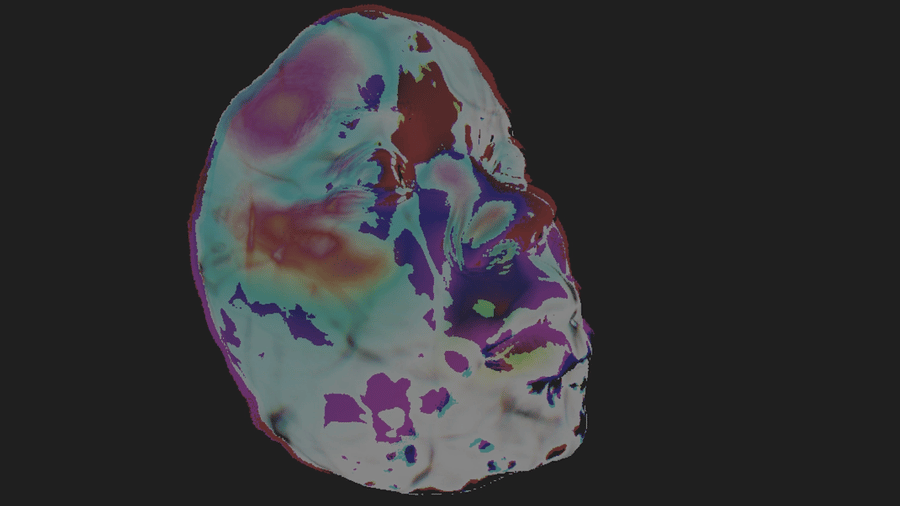
LaJuné McMillian is a multidisciplinary artist and educator creating work that integrates performance, extended reality and physical computing to question current forms of communication. Their work challenges spaces by examining the limitations of Western technologies, specifically in terms of how they may harm, isolate, limit or ignore the needs of Black people. Their work Black Movement Library Portrait Series was recently presented by the Brooklyn Public Library. McMillian has conducted their research on Blackness, body movement and technology during residencies and fellowships at the Jerome Hill Artist Fellowship, Eyebeam, Pioneer Works, Barbarian Group and Barnard College.
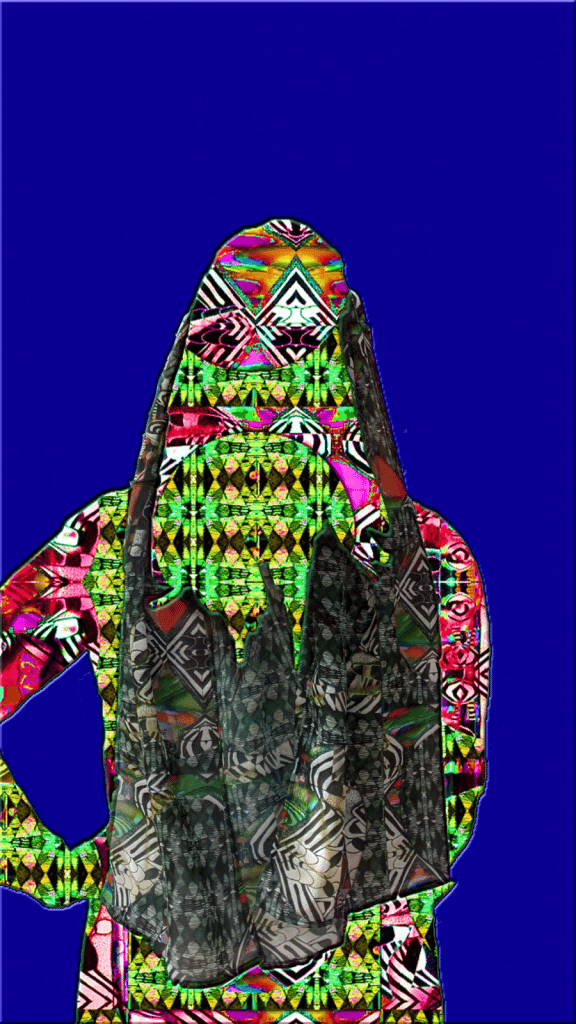
LoVid is composed of the fabled New York artist duo Tali Hinkis and Kyle Lapidus. Their award-winning transmedia work juxtaposes virtual and physical experience and has been compared to visual ASMR, psychedelic sea creatures and unhinged quilting projects. LoVid’s performances, video and media installations have been presented worldwide, from MoMA, the New Museum and the Museum of the Moving Image to avant-garde institutions like Issue Project Room and The Kitchen.
They have received grants and support from Rhizome, Franklin Furnace, Elastic City, Wave Farm, The Robert Rauschenberg Foundation, Experimental TV Center and LMCC; awards from NYSCA, NYFA, Foundation for Contemporary Art and Greenwall Foundation; and residencies with STEIM (Netherlands), Harvestworks, Eyebeam, Smack Mellon and Cue Art Foundation. LoVid’s videos are distributed by EAI (Electronic Arts Intermix), and their NFTs are represented by PostmastersBlockchain.
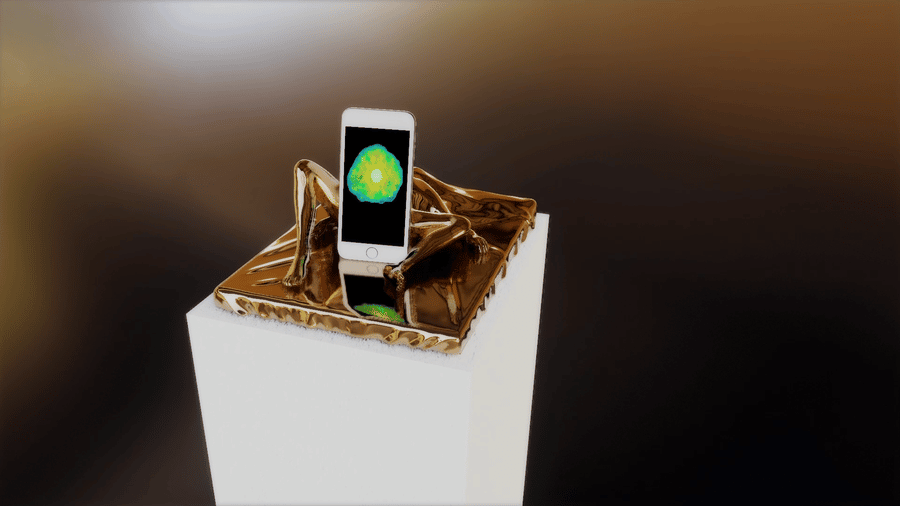
Transmedia artist Carla Gannis’s Origins of the Universe is a physical sculpture that you can enter in the metaverse on social VR.
Here’s how it works: the piece is entered on a metalevel by passing through the legs of the sculpture. Through the birth canal. Going deeper, a poem becomes audible, a collaboration between the artist and a machine, which can only be heard inside the sculpture. Without giving everything away, there’s also the opportunity to encounter a third iteration of the sculpture itself.
The experience is immersive, both macrocosmic and microcosmic, an experience to come to in curiosity. It also has a rich art historical lineage, from Courbet to Niki de Saint-Phalle. The audience can spend time in contemplation there, and the whole experience — the immersive entry, the audiovisual elements — serves to facilitate that contemplation. What is it to pass through the origin of the universe? Is it death, fragmentation or rebirth? Individual or collective? Will you bring others with you or meet yourself there?
Gannis’s second series, “Yonder,” addresses the entangled crises of our contemporary tangible and virtual selves. She represents her thoughts on selfhood as it is expressed within the radical phenomenology provided by the advent of mixed reality. Her work has been presented by Times Square Arts, the Whitney Museum of American Art and Artport. Recent speaking engagements include the Metropolitan Museum of Art in New York, Cooper Union and the School of the Art Institute of Chicago.
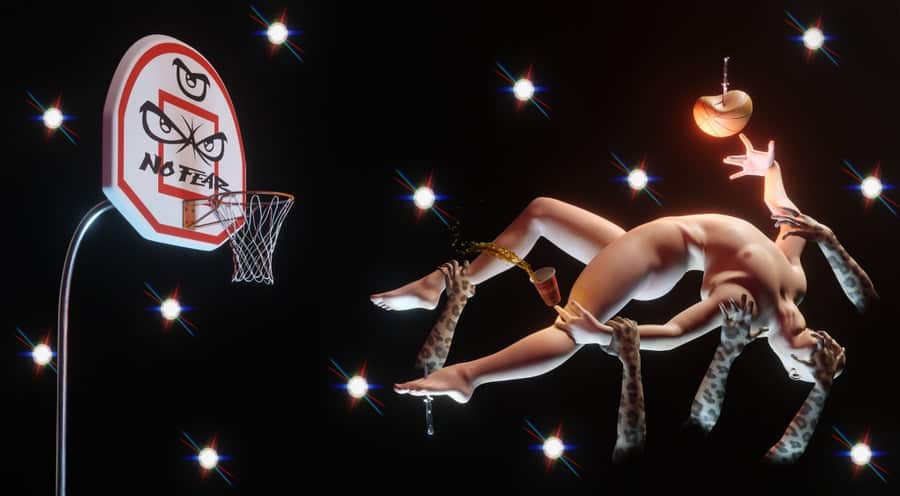
FakeShamus (Shamus Clisset) rides the multidimensional ether with his one million polygon sidekicks, carrying seven million reasons to hate his life. The energy he consumes could power the 50 least populous states for a year, and he radiates his heat like a Noctua setup. He’s got 15 to 20 years in the game, trying to outdo all the minimalists, Cubists and MFA grads via 3D renderings, animations and physics simulations — all baked out in slam-dunk glory and glistening silver Countach. His favorite color is void and his favorite ice cream is melted.
His series of “Dunk” renders transform the format of collectible NBA superstar posters into a dream-like, futuristic vision of a dystopian dunk contest.
Shamus started out as an artist at the age of eight when he first saw photos of the classic ’80s supercar, the Lamborghini Countach. His obsession with the visual futurism of its design compelled him to draw the car thousands of times by hand. After four years, he was a Countach drawing master, making him the “kid who could draw” in school and prompting him to take art classes and eventually earn a BFA in painting. After dabbling with various software for several years after college, he gave up painting entirely for digital tools and now works exclusively with 3D media, such as Blender, ZBrush and Unreal Engine, among others. He can still draw a Countach from memory.

Morehshin Allahyari thinks about technology as a philosophical tool set to reflect on objects and as a poetic means to document our personal and collective lives and struggles in the 21st century. Allahyari’s work has been featured at the Venice Biennale di Archittectura, the New Museum, the Whitney Museum of American Art, Pompidou Center, Museum of Contemporary Art in Montreal, Tate Modern and the Queens Museum. She has been an artist in residence at BANFF Centre, Carnegie Mellon University’s STUDIO for Creative Inquiry, Autodesk Pier9 Workshop in San Francisco, the Vilém Flusser Residency Program for Artistic Research in association with Transmediale, Berlin, Eyebeam, Pioneer Works and Harvest Works.
She is the recipient of The United States Artist Fellowship, The Joan Mitchell Foundation Painters & Sculptors Grant, The Sundance Institute New Frontier International Fellowship and the Leading Global Thinkers of 2016 award by Foreign Policy magazine. Her 3D Additivist Manifesto video is in the collection of the San Francisco Museum of Modern Art, and recently she has been awarded major commissions by The Shed, Rhizome, the New Museum, the Whitney Museum of American Art, Liverpool Biennale and FACT.
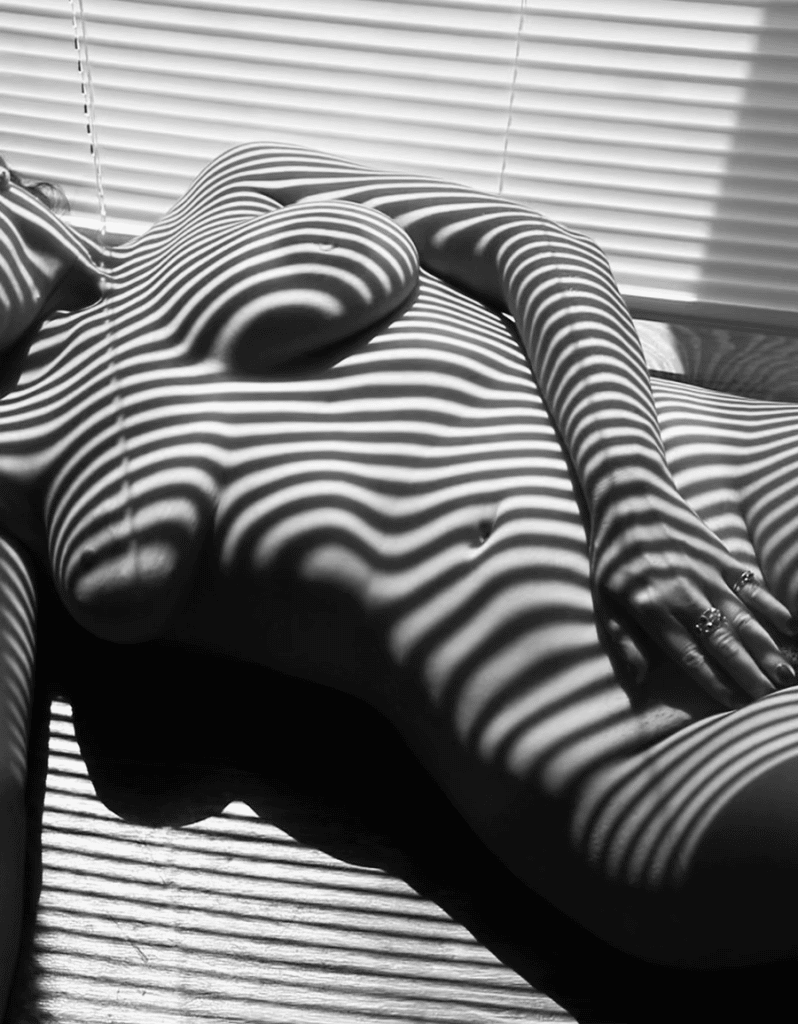
Savannah Spirit subverts the power dynamics of photographer and subject. In her NFTs, Spirit breathes life into her self-portrait series, creating moving images that exist in the metaverse, on social media and in framed tangible video. Spirit believes that the body is not inherently sexual, so when her self-portraiture was first flagged and banned from social media, she was disturbed by the implication that Instagram and Facebook labeled her body “pornography.”
By minting her work on the blockchain as NFTs, she cements its existence in the metaverse as well as in tangible space. Her work has been featured in Forbes, AINT-BAD, The Abolitionist, The Nation, LA Weekly, Best American
Poetry, BOMB, Vice, W, Capture, Shinding, Dazed, Bullet, Billboard, THE Magazine and Huffington Post. Spirit’s activism photographs are in the collection at the Henry Ford Museum.
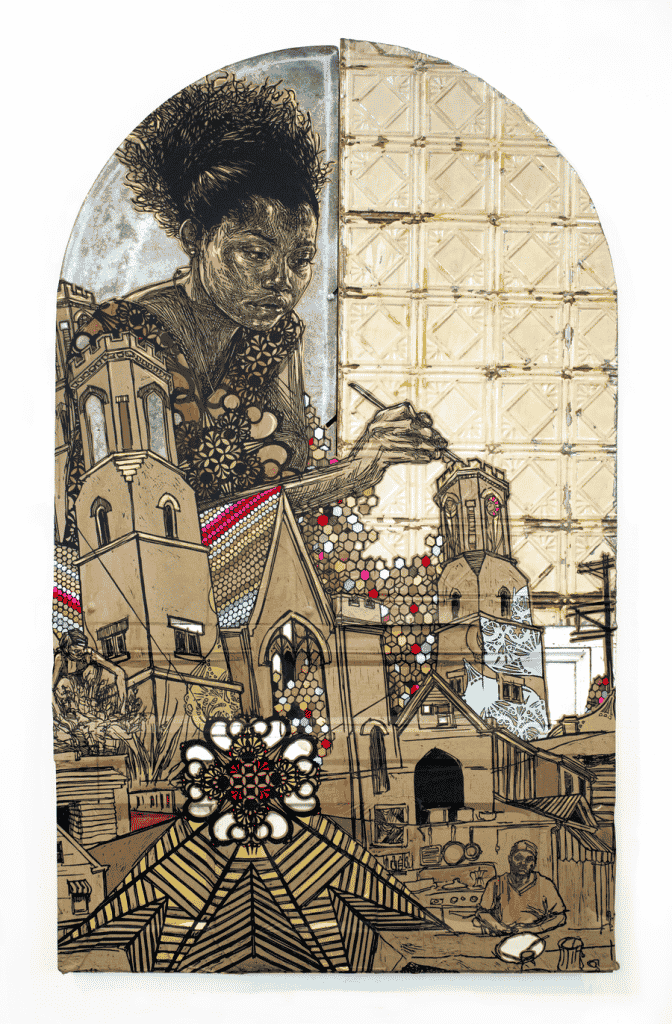
Swoon’s work centers on the transformative capacity of art as a catalyst for healing within communities experiencing crisis. She has created this very special series of three NFT artworks, which will be auctioned to benefit the vision of Za’Kiyah House: to reduce homelessness, addiction and recidivism.
She is one of the first women Street Artists to gain international recognition, and over the past 10 years she has founded and developed collaborative multiyear projects in Braddock and Philadelphia, Pennsylvania; New Orleans, Louisiana; and Komye, Haiti, that address crises ranging from natural disasters to the opioid epidemic. Her work is held in public and private collections including the Museum of Modern Art, Tate Modern, the Detroit Institute of Arts and MASS MoCA. Her first museum retrospective, “The Canyon: 1999–2017,” was displayed at the CAC Cincinnati in 2017–18.
